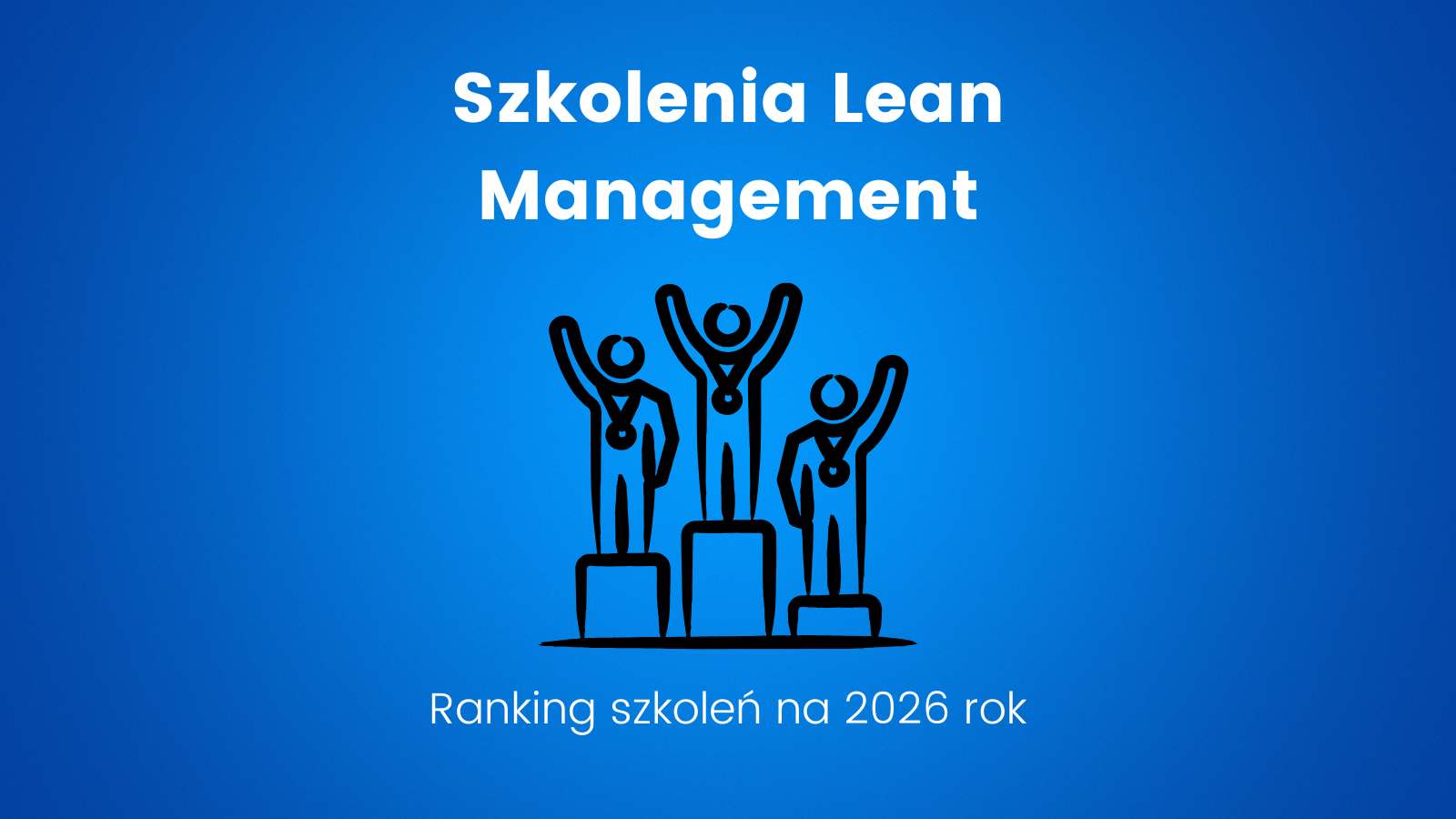Behavior styles play a critical role in shaping the dynamics of a team. Each individual brings their own unique approach to thinking, decision-making, and action. During a recent workshop titled “Colorful Teams – The Strength of an Effective Team”, one of the leaders asked a fundamental question:
“What kind of people should we bring into our teams? Who are the best?”
This question highlights an essential aspect of team building: recognizing and understanding different behavior styles. The workshop participants quickly realized that they differed in their thinking, acting, and feeling, but these differences are what made them unique and valuable to the team. However, if we all operate solely based on our own preferences, we may risk being misunderstood or, worse, discouraging others from engaging. The same holds true for interactions with clients.
Table of Contents
ToggleThe Four Primary Behavior Styles
In response to the leader’s question, there are two ways to approach team building: finding individuals with the right behavior styles or fostering adaptability within the team. To better understand this, it is important to first recognize the four primary behavior styles:
Red Style
This style is characterized by a focus on achieving goals, taking responsibility, and performing well under pressure. Individuals with a red behavior style are action-oriented and thrive in fast-paced environments where results matter.
Yellow Style
The yellow style is associated with visionary thinking and the ability to inspire others. These individuals look for creative, out-of-the-box solutions and excel at engaging and motivating their teams, even when others may lack confidence or energy.
Green Style
Those with a green behavior style are methodical and value careful planning. They prefer to work in a structured manner, taking tasks one step at a time, and they place a high emphasis on empathy and patience in both task execution and interactions with others.
Blue Style
The blue behavior style is centered on data gathering, analysis, and logic. Individuals with this style are detail-oriented, ensuring that decisions are based on thorough analysis and the most optimal solutions are found.
The Research Behind Behavior Styles
According to Insights Discovery, research shows that only 3% of people prefer one specific behavior style. The majority, 54%, prefer two styles, while 43% favor three styles. This demonstrates the complexity and variety of behavior preferences within teams.
Given this research, there are two key strategies for building a high-performing team:
Option 1: Hire Based on Specific Behavior Styles
If your team or role requires a particular behavior style, it’s important to find individuals whose natural tendencies align with those needs. For example, roles that demand analytical skills may benefit from individuals who exhibit a strong blue style, while creative and dynamic environments, such as marketing, may be better suited for yellow style personalities.
Different industries often dictate the preferred behavior styles required for success. For instance, analytical thinking may be essential in fields like IT or finance, while high-energy, visionary thinking is more commonly found in sales or marketing roles. By aligning behavior styles with the needs of the industry or team, you can ensure that the right people are placed in the right roles.
Option 2: Foster Adaptability in Behavior Styles
Another approach is to hire individuals who are adaptable and capable of adjusting their behavior based on the needs of the situation. While many people naturally lean toward two or more styles, understanding and learning to use all four styles consciously can lead to better performance. This adaptability is especially important for leaders, who must be able to shift between styles to meet the demands of different team members or situations.
Leaders who are aware of the strengths and limitations of various behavior styles can better manage diverse teams by encouraging the use of the most appropriate style for each situation. This approach allows for flexibility and ensures that the team remains agile and effective in various scenarios.
The Challenge of Balancing Behavior Styles
While it is possible to adapt to different behavior styles, it’s important to recognize the potential cost. Participants in my workshops often share that while they can use behaviors outside their natural preferences—such as adopting red, goal-oriented behaviors—it can be mentally and emotionally draining. Over time, this can lead to burnout if individuals are consistently forced to operate outside their comfort zone.
Thus, it is crucial for leaders to not only recognize the strengths of different behavior styles but also understand the limitations of forcing individuals to act in ways that are not sustainable for them.
The Power of Self-Discovery
In my experience running workshops on behavior styles, I have witnessed numerous moments of self-discovery where participants realize that they can work more effectively by leveraging their natural strengths. By understanding their own behavior styles, team members can better align their efforts with tasks that suit them, leading to improved performance and job satisfaction.
Teams that understand and respect the diversity of behavior styles tend to perform better because each member can contribute their unique strengths. This awareness also fosters better communication, collaboration, and a greater sense of shared purpose within the team.
Conclusion
When building a team, understanding behavior styles is key to fostering both individual and collective success. Whether you choose to hire based on specific styles or encourage adaptability, the ability to recognize and leverage diverse behaviors will lead to more effective and resilient teams.
By integrating behavior style awareness into your hiring and team development strategies, you can create an environment where every team member can thrive and contribute their best work. As leaders, it is essential to encourage this awareness and help your team harness the full potential of their diverse talents.
She is an expert in communication with managerial experience in large corporations such as ING Bank and PKO BP. She has years of experience in team management, training, and sales - as an experienced team manager, bank branch director, PCC-level ICF coach, and owner of Manufaktura Lidera. Together with the team, they help the management and managerial staff to build effective communication within the company and develop efficient teams. Everything they teach, they have practiced or are currently practicing.







